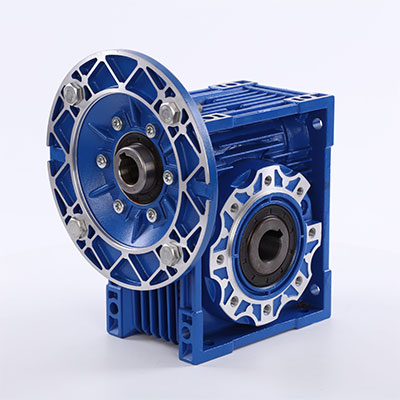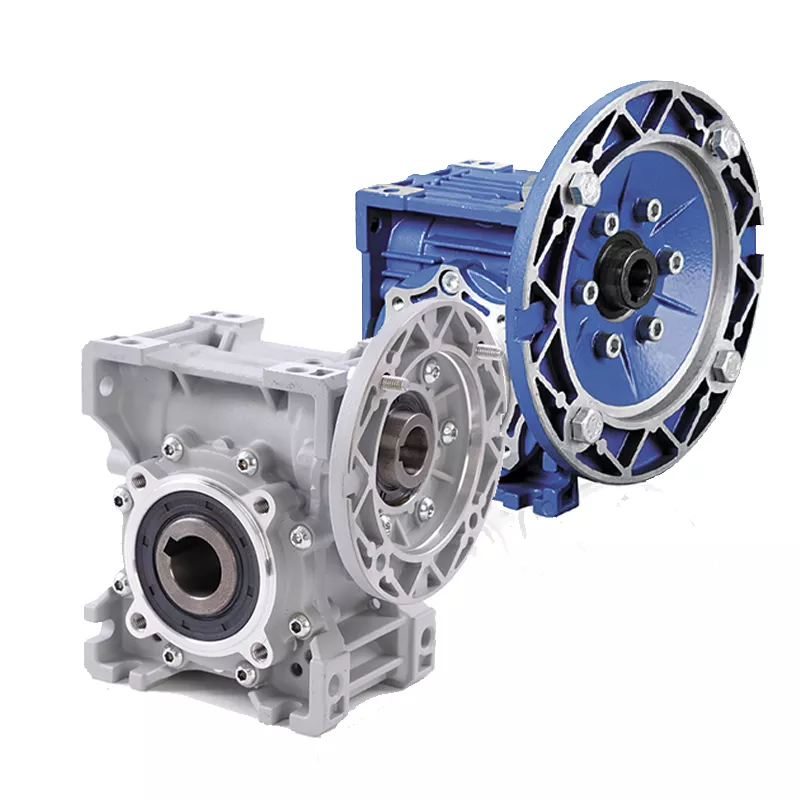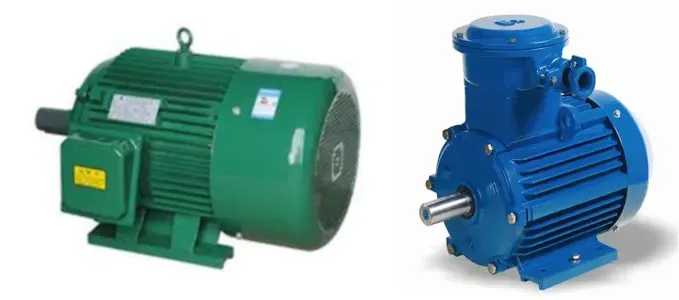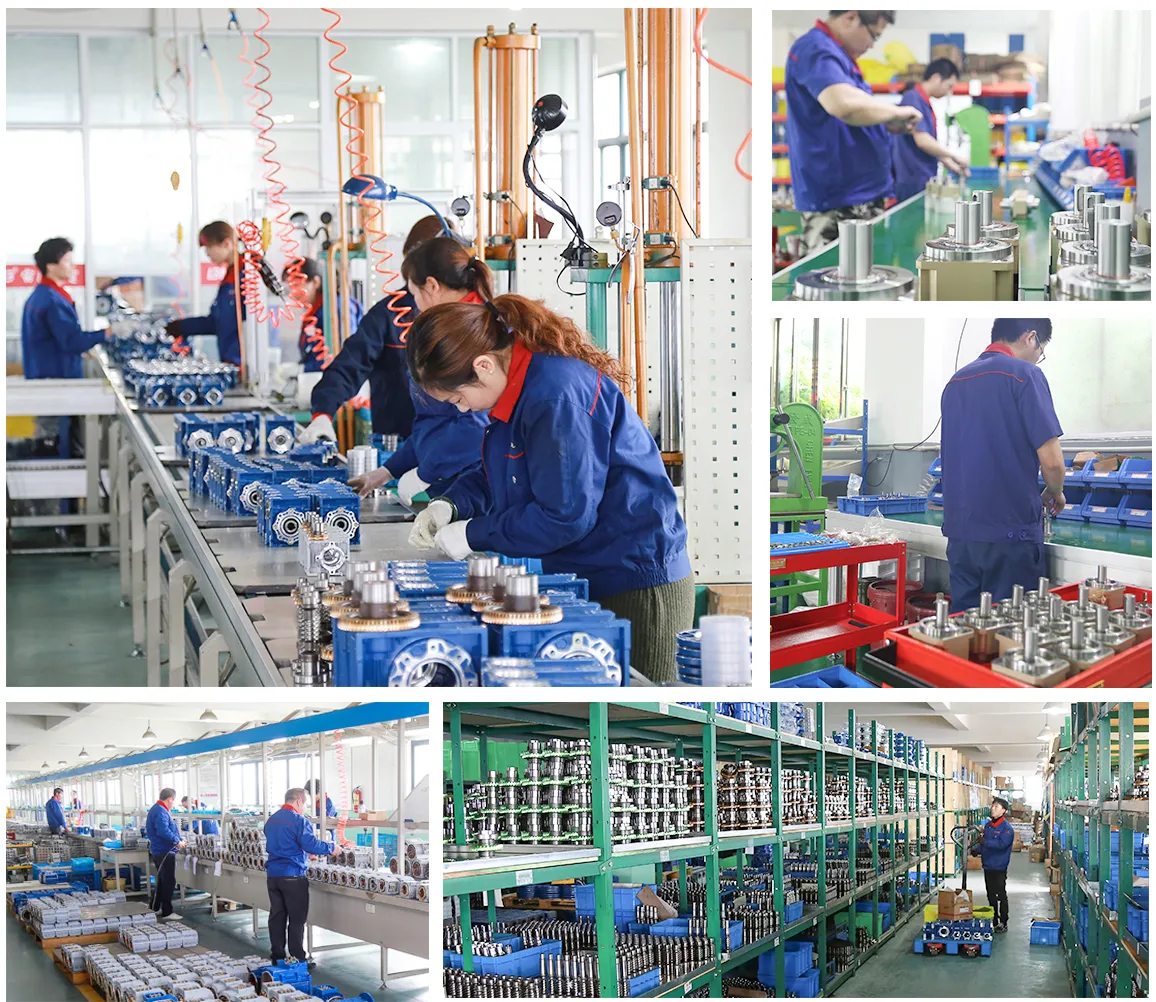Introduction to Worm Gearboxes
Worm gearboxes, also known as worm gear reducers, are a pivotal type of speed reducer that finds extensive application in diverse industries. With a unique design featuring a worm (screw) that mates with a worm gear (similar to a spur gear), worm gearboxes play a critical role in reducing rotational speed and allowing for higher torque output.
Importance of Worm Gearboxes in Industrial and Mechanical Applications
Worm gearboxes are fundamental in various mechanical and industrial applications, especially in geophysical exploration equipment. This importance stems from their capacity to provide high torque output, ensure smooth and quiet operations, and offer durability and efficiency in diverse settings.
Working Principle of Worm Gear Reducers
The working principle of worm gear reducers revolves around the meshing relationship between the worm and the worm gear. The worm, which resembles a screw, has threads that engage with the teeth of the worm gear, creating a locking mechanism. This interaction is responsible for the transfer of rotational motion, allowing for a significant reduction in speed while simultaneously increasing torque.
Basic Structure and Composition of Worm Gearboxes
A typical worm gearbox comprises the following components:
– Worm Gear: The worm gear is the primary element that interacts with the worm to decrease rotational speed and increase torque.
– Worm: The worm is akin to a screw, and its threads engage with the teeth of the worm gear.
– Input Shaft: The input shaft is where the rotational motion originates, and it is connected to the worm.
– Output Shaft: The output shaft is connected to the worm gear and transfers the reduced speed and enhanced torque to the necessary application.
Applications of Worm Gearboxes

Worm gearboxes are widely used in geophysical exploration equipment like seismographs, gravity meters, and magnetometers. They are ideal for these applications due to their ability to operate under challenging conditions, offer high torque output, and provide precision and stability.
Why Worm Gearboxes are Suitable for Geophysical Exploration Equipment
Worm gearboxes are particularly suited for geophysical exploration equipment for several reasons:
1. High Torque Output: They can provide high torque output, which is necessary for heavy-duty geophysical exploration equipment.
2. Smooth Operation: Worm gearboxes ensure smooth, quiet operation, which is vital in sensitive geophysical measurements.
3. Durability: They are highly durable and can withstand harsh operating conditions typical in geophysical exploration.
4. Efficiency: Worm gearboxes offer high efficiency, reducing energy usage and operational costs.
5. Precision: They provide precise speed reduction and control, which is essential in accurate data collection in geophysical exploration.
Characteristics and Advantages of Worm Gear Motors
Worm gear motors, combining a worm gearbox with an electric motor, offer several advantages:
– Compact Design: Their compact design makes them ideal for applications with limited space, like geophysical exploration equipment.
– High Torque, Low Speed: They provide high torque at low speeds, perfect for heavy-duty applications.
– Quiet Operation: They ensure quiet operation, which is crucial in geophysical exploration to avoid data distortion.
– High Durability: Their high durability makes them suitable for use in harsh environments.

– Efficiency: They are highly efficient, reducing energy consumption and operational costs.
Choosing the Right Worm Reducer for Your Application
When selecting a worm reducer for geophysical exploration equipment, consider the following factors:
1. Torque Requirements: Determine the torque requirements of your equipment to select a gearbox with the right torque output.
2. Speed Requirements: Consider the speed requirements to choose a reducer that can provide the necessary speed reduction.
3. Operational Conditions: Take into account the operational conditions, like temperature and humidity, to select a durable and reliable gearbox.
4. Size Constraints: Consider the space available in your equipment to select a gearbox with a suitable size.
5. Efficiency Needs: Evaluate the efficiency needs of your application to choose a gearbox that can provide the necessary energy efficiency.
Motors for Worm Gear Reducers


Electric motors for worm gear reducers are crucial in providing the necessary power for the operation of the gearbox. They work together to ensure smooth, efficient, and reliable performance. Our company also offers a range of electric motors specifically designed to work seamlessly with our worm gearboxes.
About Our Company and Worm Gearboxes

We are a comprehensive transmission equipment manufacturer with over 15 years of experience in the design, production, and sales of gearboxes. Our worm gearboxes have been applauded by customers worldwide, particularly in Europe and America, for their high-quality, high-energy-efficiency, and high-stability. We encourage you to explore our range of worm gearboxes and contact us for purchase inquiries.
Q&A Section
Q1: What makes worm gearboxes suitable for geophysical exploration equipment?
A: Worm gearboxes are suitable for geophysical exploration equipment due to their high torque output, durability, efficiency, and precision.
Q2: What are the key components of a worm gearbox?
A: The key components of a worm gearbox are the worm gear, worm, input shaft, and output shaft.
Q3: How do worm gearboxes and electric motors work together?
A: Worm gearboxes and electric motors work together to provide the necessary speed reduction and torque output for various applications.
Edited by Zqq